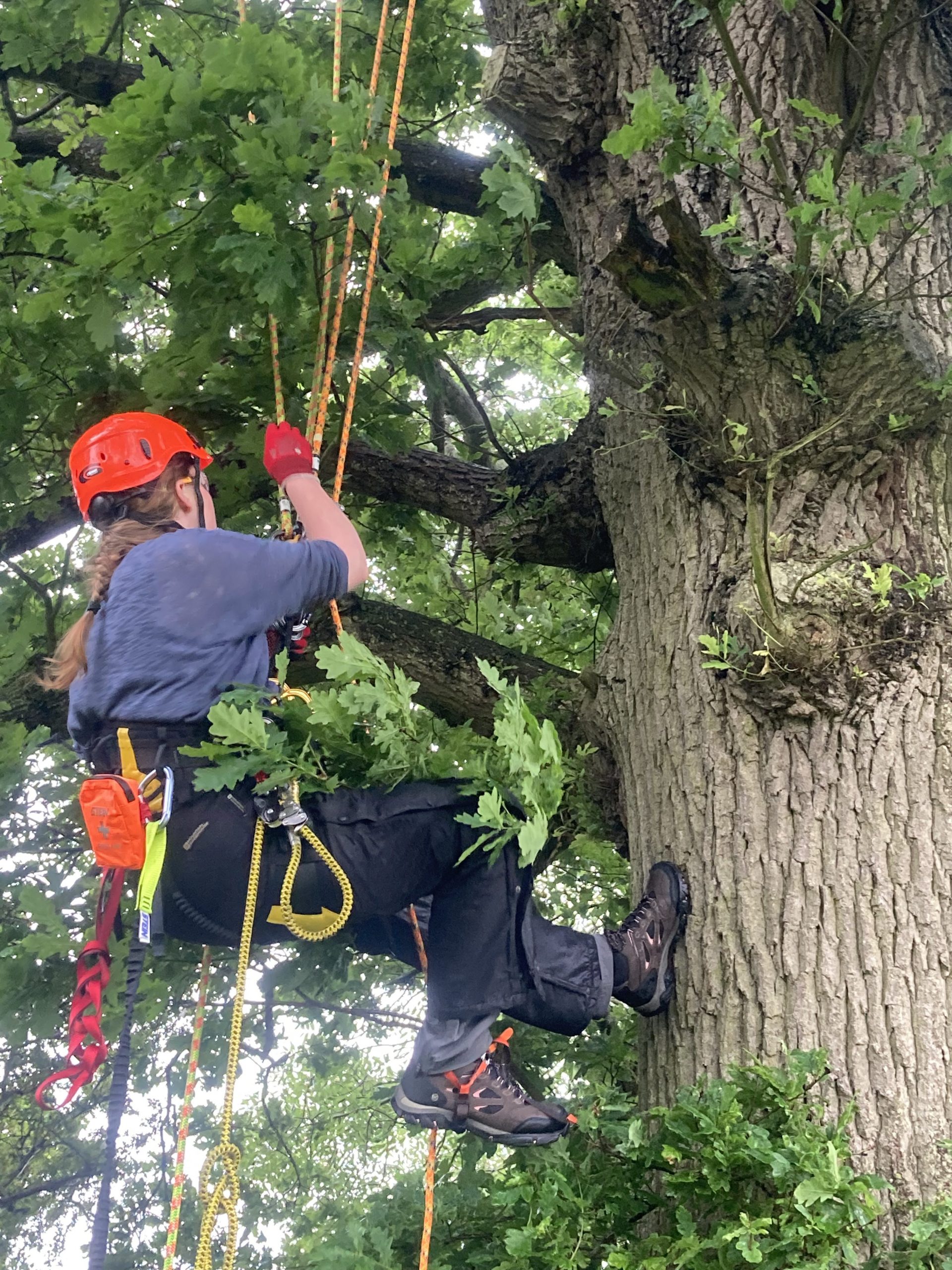Ecological Networks
The forthcoming Natural Environment White Paper, expected in Spring this year, is a hot topic of conversation in ecological circles at the moment. Government has been to the people to seek advice in their consultation paper An invitation to shape the nature of England, and the previous administration sought advice from a panel of experts, culminating in Professor Sir John Lawton’s Making Space for Nature: A review of England’s Wildlife Sites and Ecological Network.
Possibly the main conclusion of Making Space for Nature is that currently, the network of protected sites, including statutory and non-statutory designations, “does not provide a resilient or coherent ecological network” and is not going to sustain the UK’s biodiversity as is without a “step change in nature conservation”. The government itself has promised to “introduce measures to protect wildlife and promote green spaces and wildlife corridors in order to halt the loss of habitats and restore biodiversity”. Strong words indeed, but can the White Paper deliver the goods?
The emphasis here is on networks, linkage and barriers to movement. Ecological barriers are not always easy to define, and of course different species disperse using very different methods, so while for one species a new road may form a significant ecological barrier, this may be no problem for a wind-dispersed plant or a migratory bird. Conversely, ecological linkages can be problematic. What best links two semi-natural areas with diverse ranges of species, or two areas with particularly poor dispersers? How do we measure the benefits of ecological connectivity against possible negative impacts (say transmission of invasive species or increased predation)?
The Lawton report specifies four methods of improving ecological connectivity, aside from improving the management of existing wildlife sites – make existing sites bigger, create wildlife corridors, create new sites and buffer existing sites. It also foresees a much more prominent role for the current network of non-statutory wildlife sites, two thirds of which are not currently being managed for their special interest. The Lawton report also specifies 24 recommendations for establishing a coherent and resilient ecological network, including the setting up of 12 Ecological Restoration Zones in the next 3 years. Estimates of the costs of implementing these 24 recommendations, estimated at the end of the report, appear miniscule in comparison with such things as bailing out of banks, trade deficits, NHS budgets etc.
What would our countryside look like in fifty years’ time, if any of the vision progresses and is effectively rolled out? How will such a fundamental demand on our land fit against the background of a rapidly growing UK population, a higher demand for locally produced foods, and the ever-progressing technology applied to agriculture? It will require the strongest leadership, the brightest minds and the greatest goodwill to make this happen, but dare we raise our hopes to think that it might? Those of us who have grown up with the backdrop of disappearing songbirds, ploughing up of grasslands and woods and degradation of habitat quality through neglect and encroachment will need to raise our sights beyond the here and now.
Rob

Robert Yaxley

